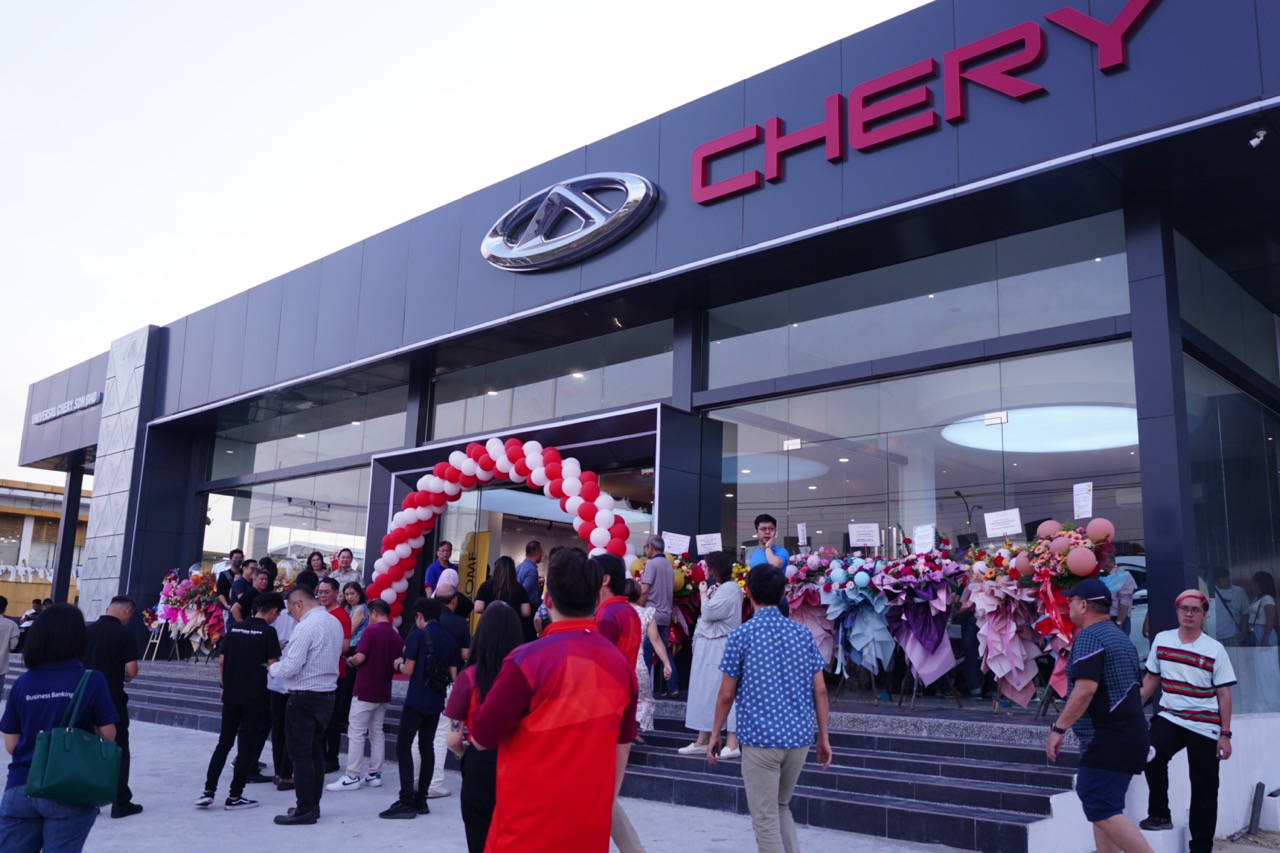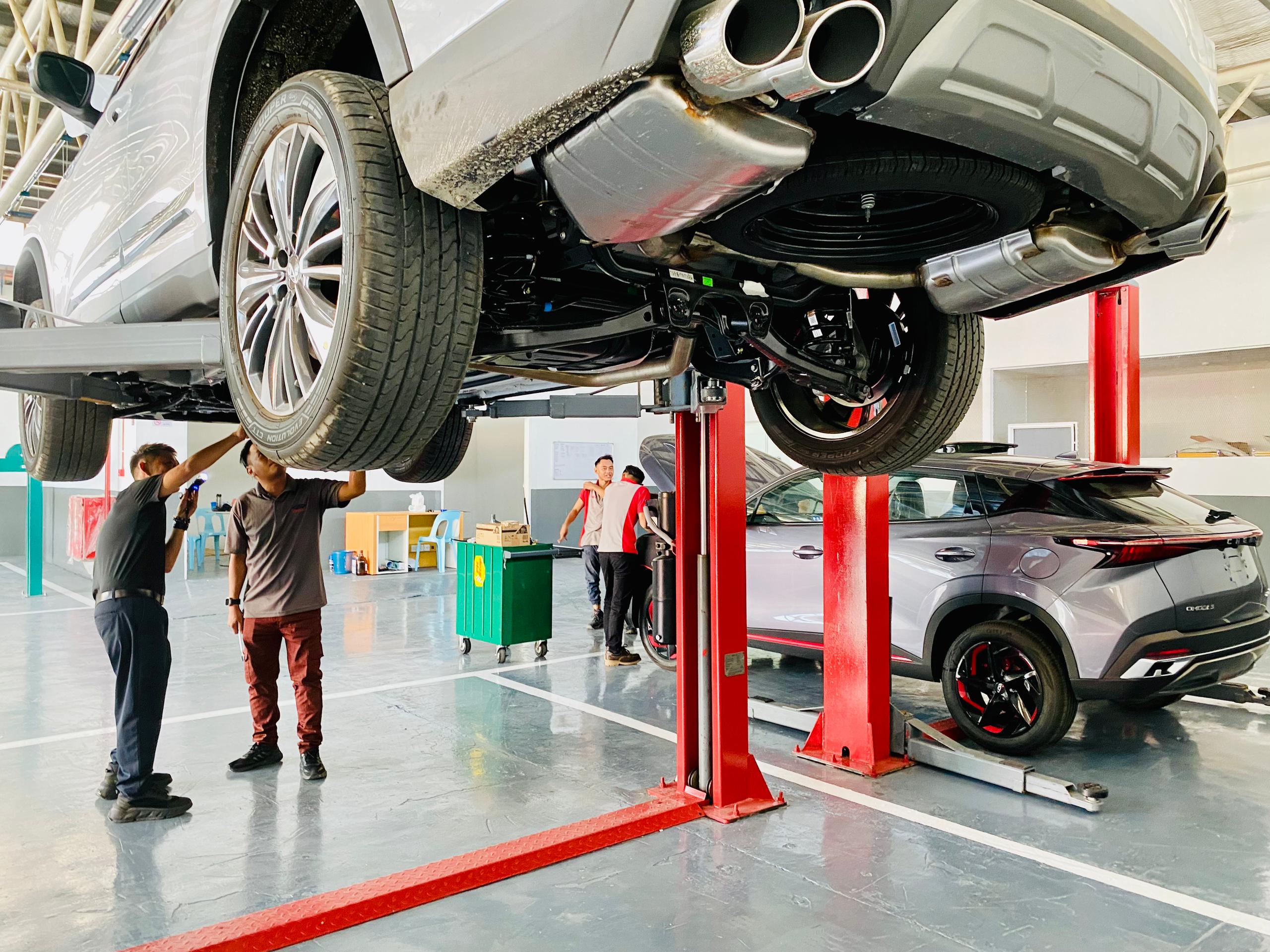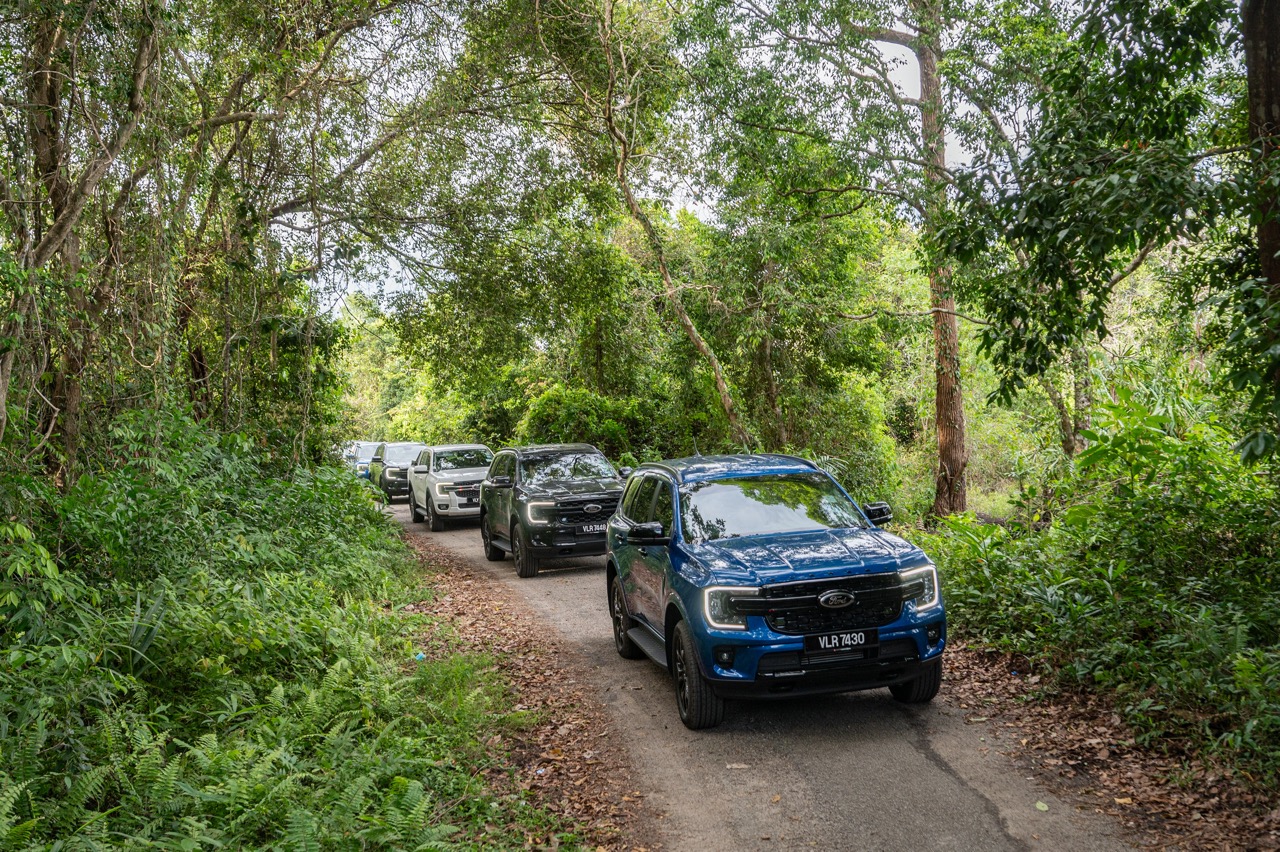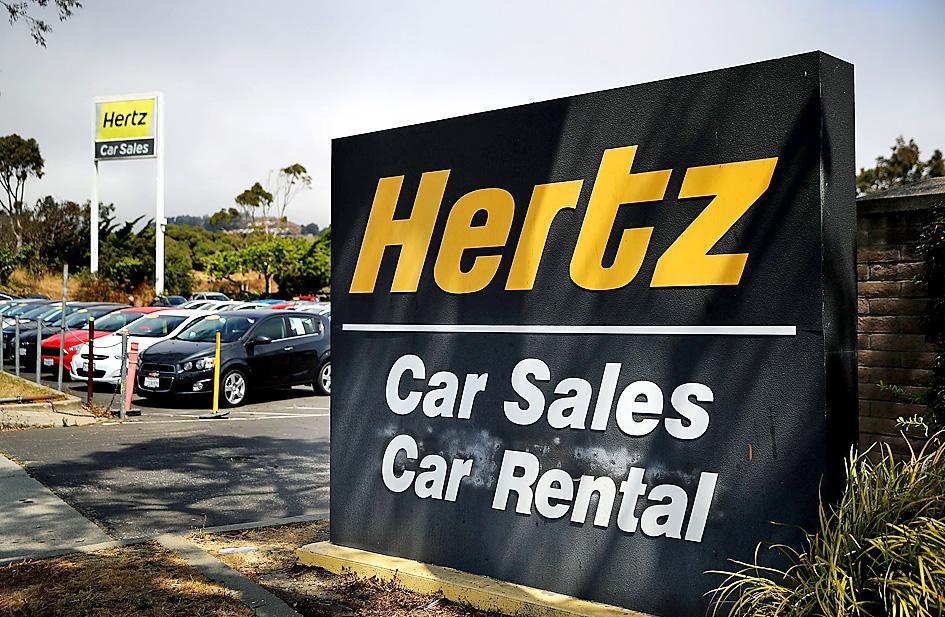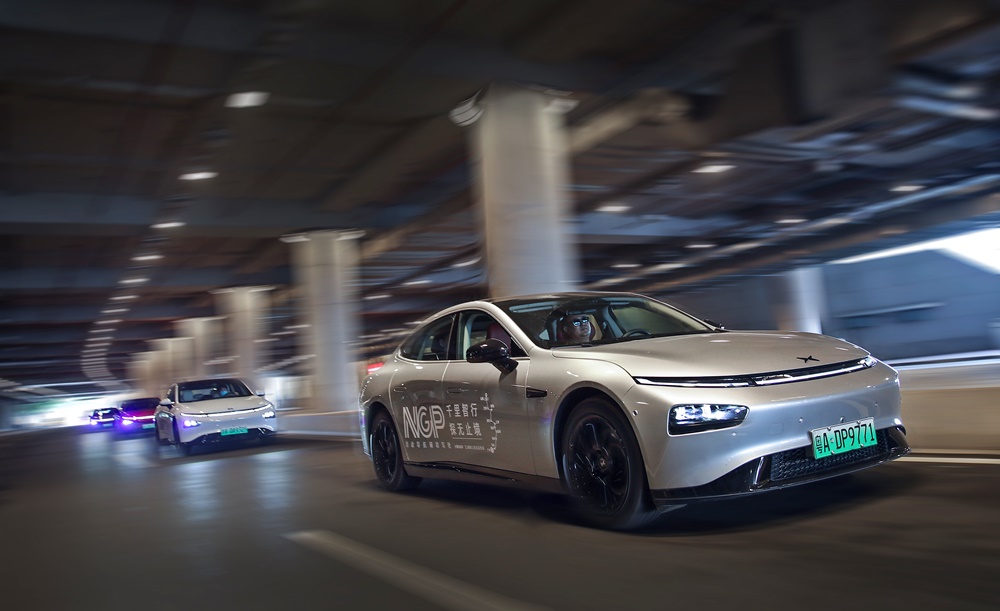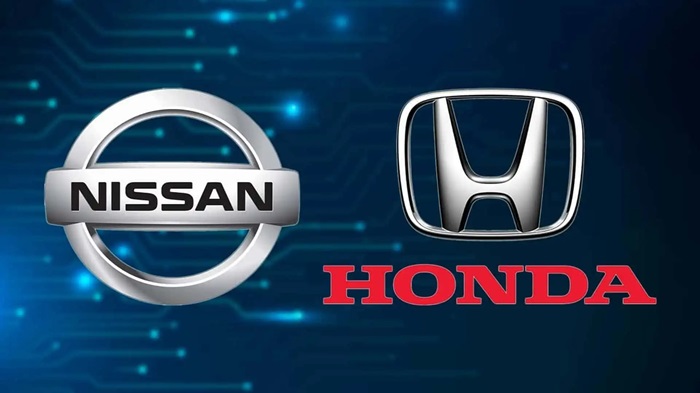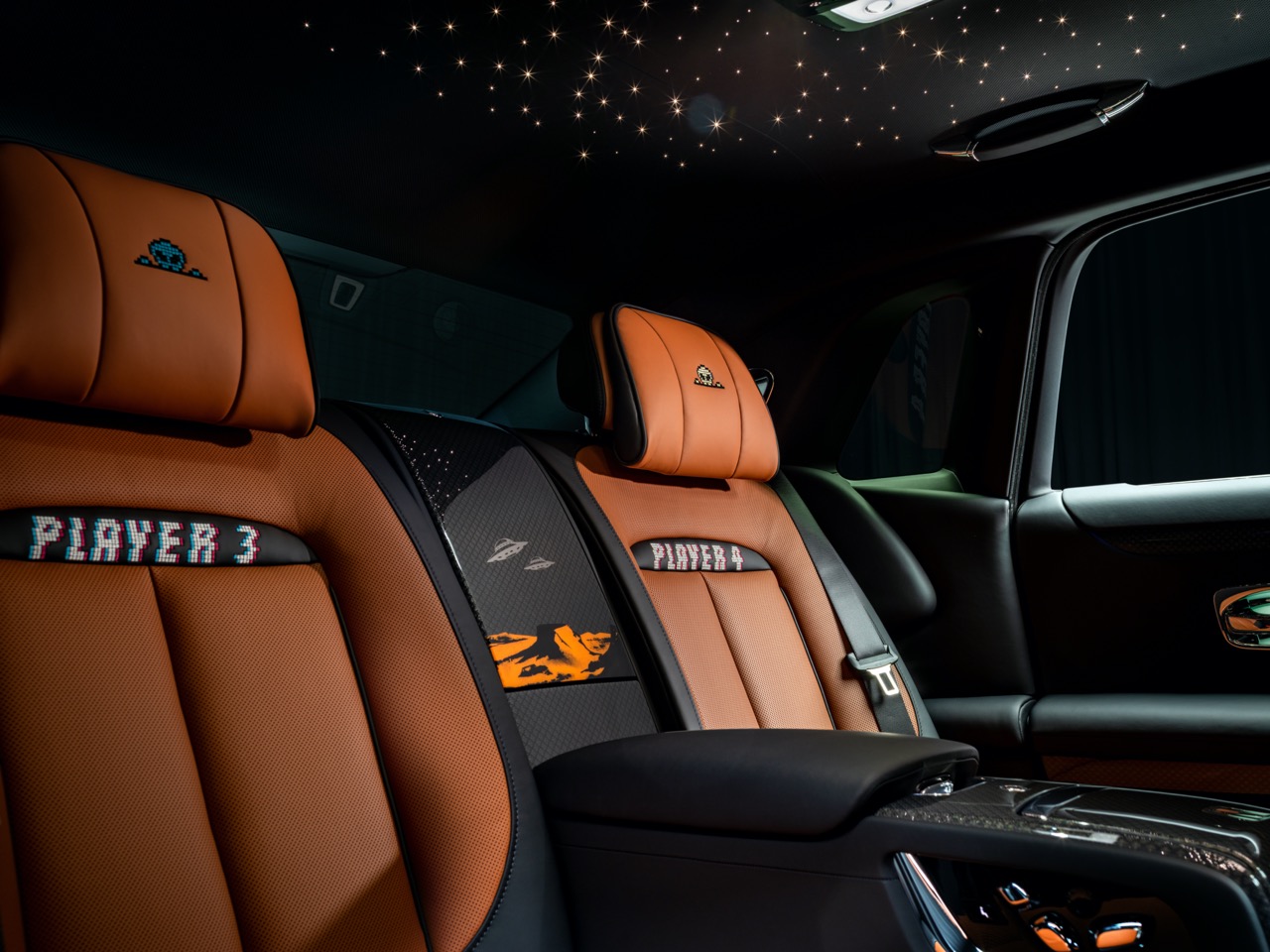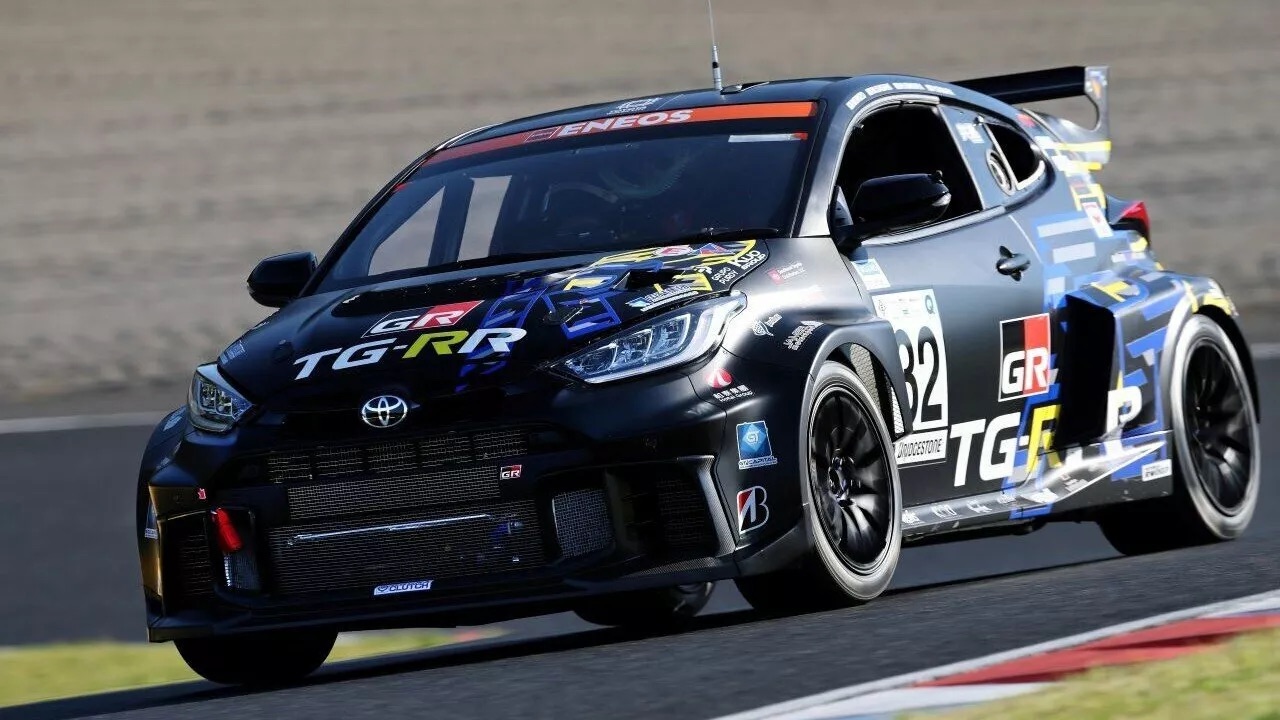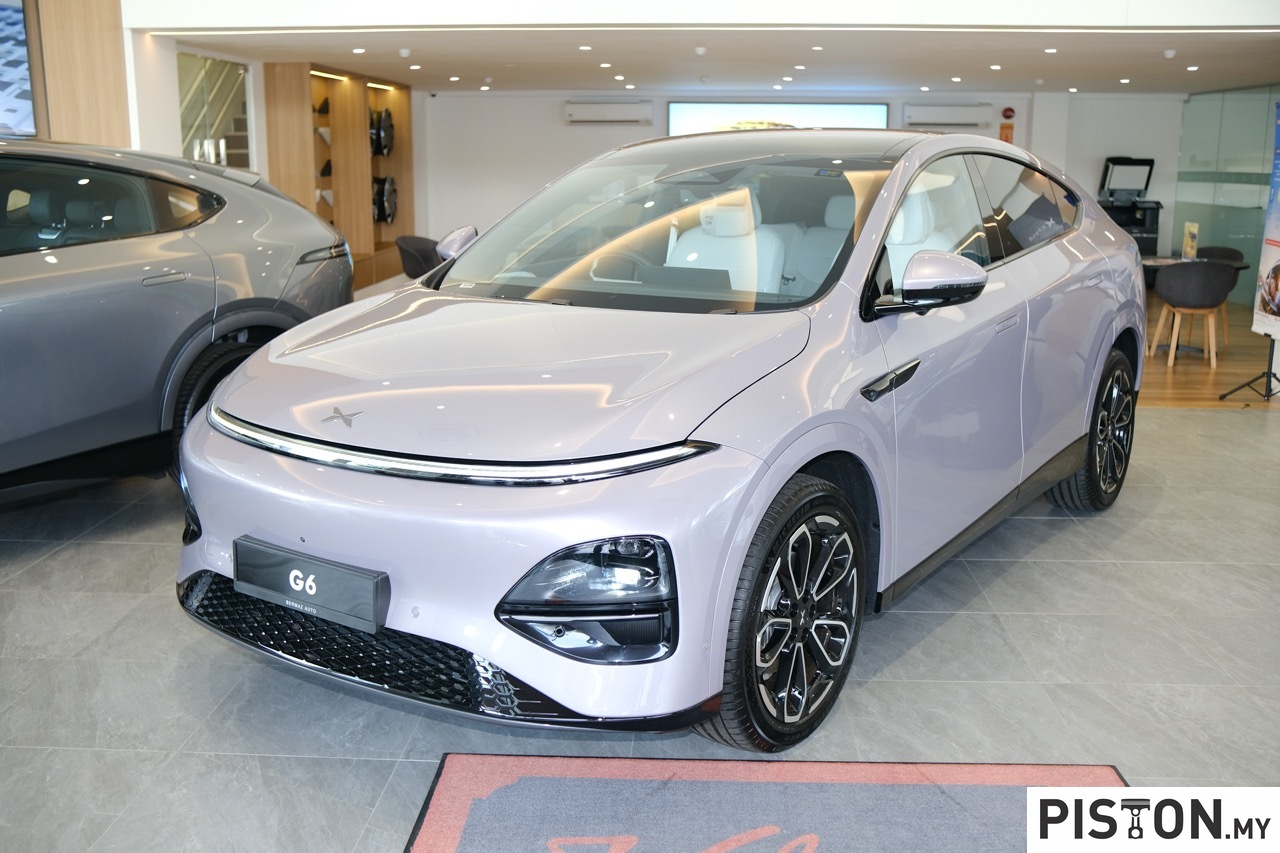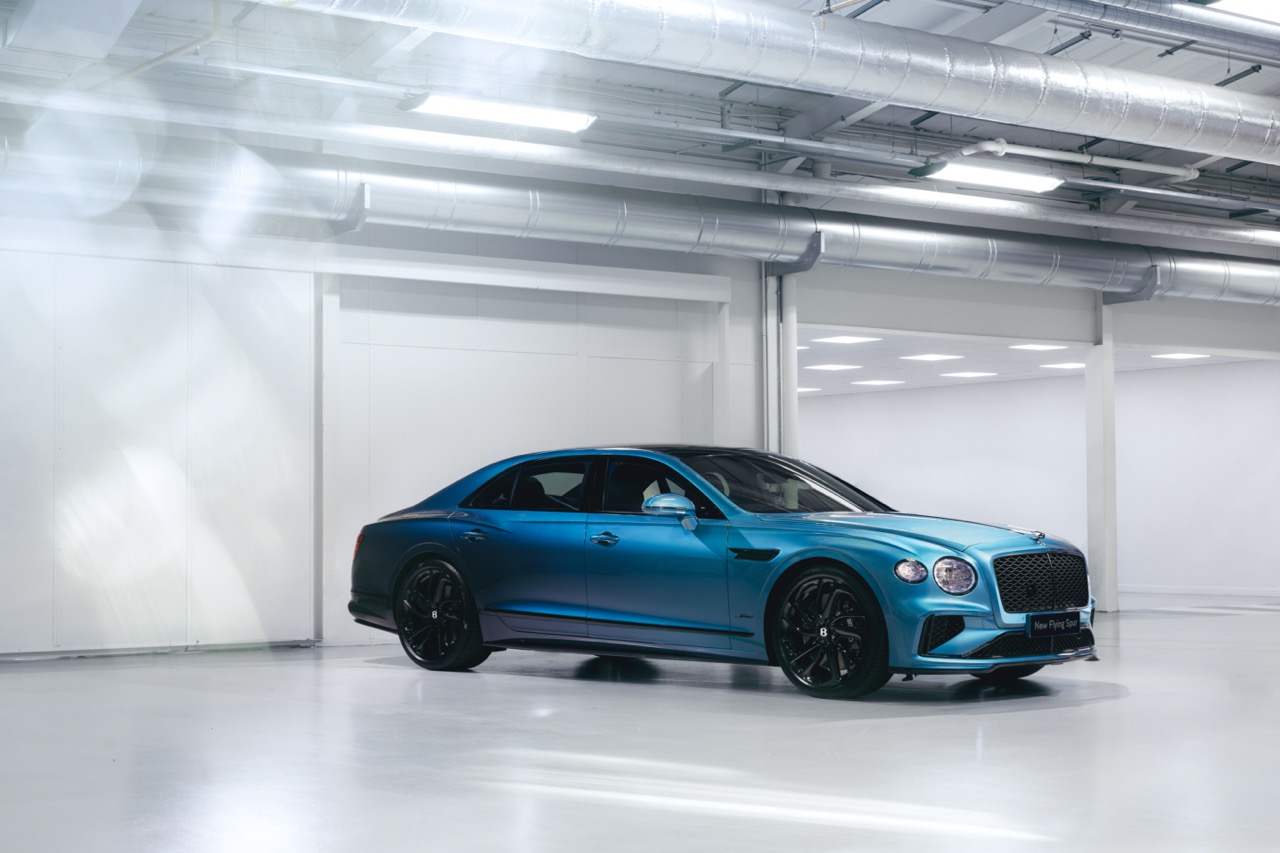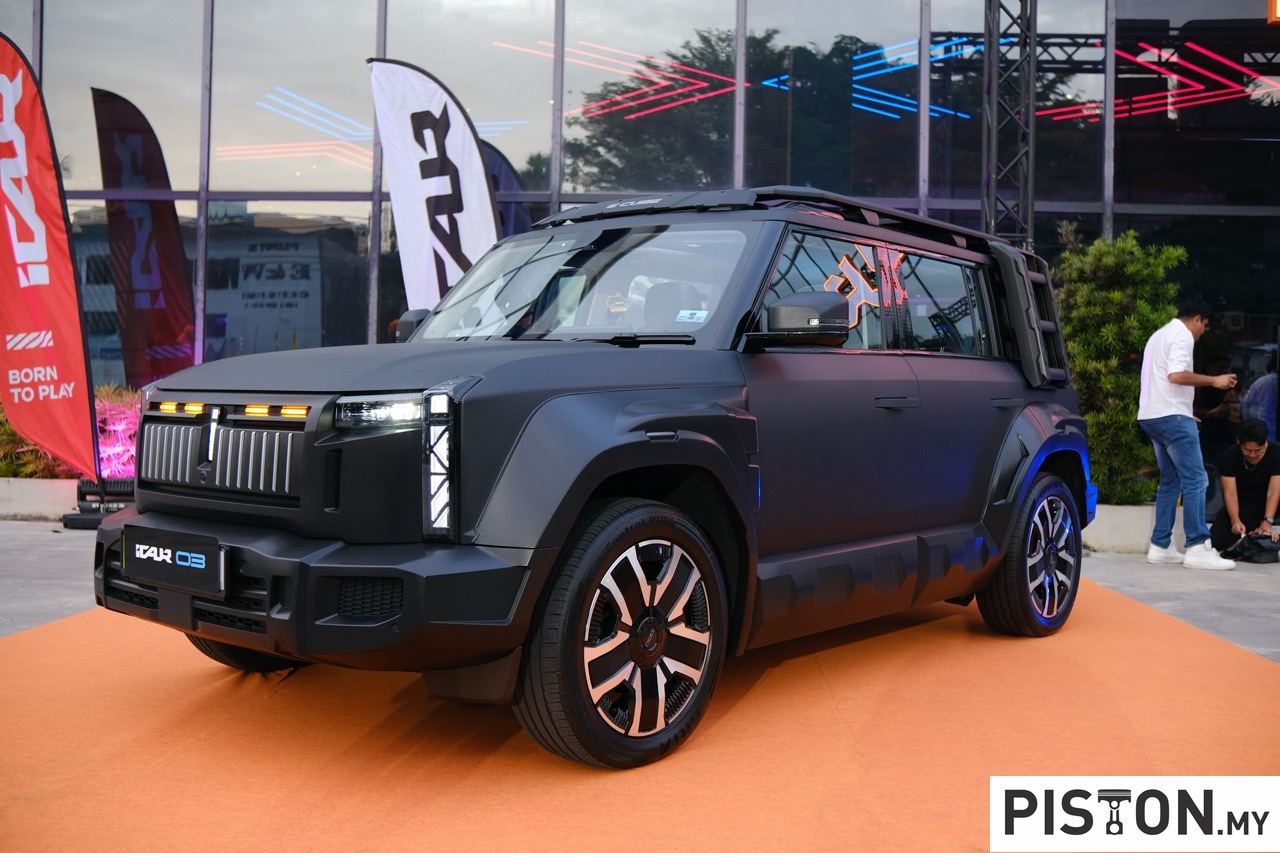Uber has agreed to pay nearly $272 million (RM1,284,520 000) to compensate taxi and hire car drivers affected by its aggressive entry into the Australian market. Maurice Blackburn Lawyers announced that the class action against Uber, expected to go to trial at the Supreme Court of Victoria, would be abandoned after the rideshare company agreed to the substantial settlement.
This settlement, the fifth-largest in Australia’s history, represents a significant victory for more than 8000 taxi and hire car owners and drivers who suffered financial losses due to Uber’s market entry. Maurice Blackburn principal lawyer Michael Donelly described the five-year legal battle as “gruelling” and emphasised how Uber had attempted to deny compensation to those affected.


